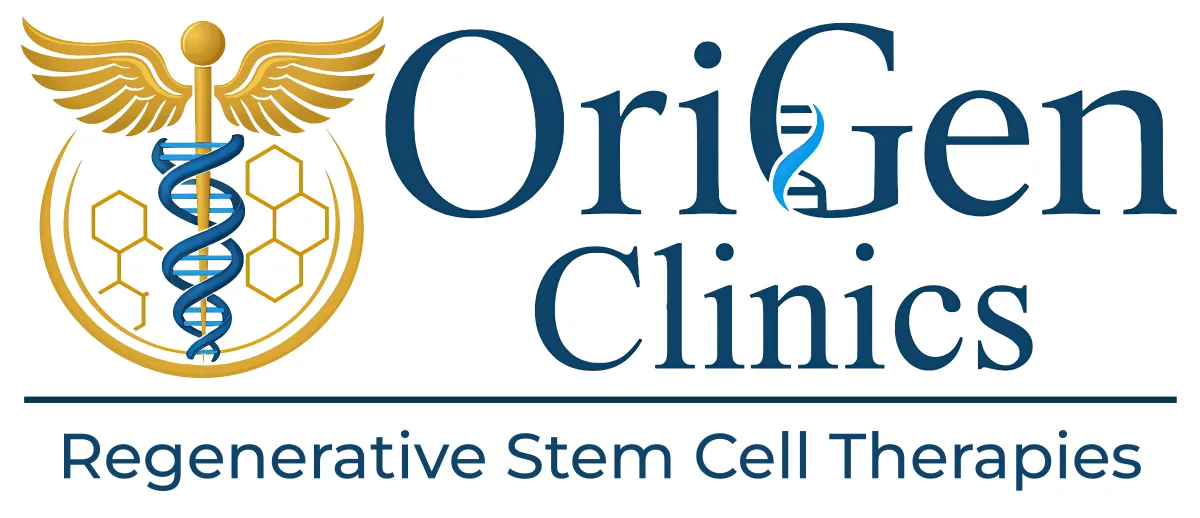Before You Watch
This video was not created by OriGen Clinics — it’s a public educational piece from 2017 that still offers a clear and helpful explanation of how stem cell therapy works.
That said, the field has come a long way since then. Protocols have improved, outcomes are more predictable, and options have expanded.
If you're looking for the most up-to-date info, you can ask Ori, our virtual assistant for personalized answers.
Interview with Dr. Phelps
Innovation in Regenerative Health: A Timeline
How Far We’ve Come with Modern Medicine
Just a few decades ago, treatment for chronic pain, injury, or degeneration meant surgery, medication, or simply learning to live with the discomfort. Healing was viewed as reactive — responding to symptoms rather than restoring function.
Today, regenerative medicine offers a completely different path. Instead of suppressing symptoms, it works at the root — using stem cells and biologics to reduce inflammation, rebuild tissue, and reignite the body’s natural ability to heal.
From sports injuries and arthritis to aesthetics and chronic nerve pain, stem cell therapy is helping people reclaim their mobility, appearance, and quality of life — without relying on invasive procedures. It’s not the future. It’s the now.
COMPANY
CUSTOMER CARE
LEGAL

497 North Main Street, Suite D, Kaysville UT 84037
© Copyright 2025. OriGen Clinics. All Rights Reserved.









